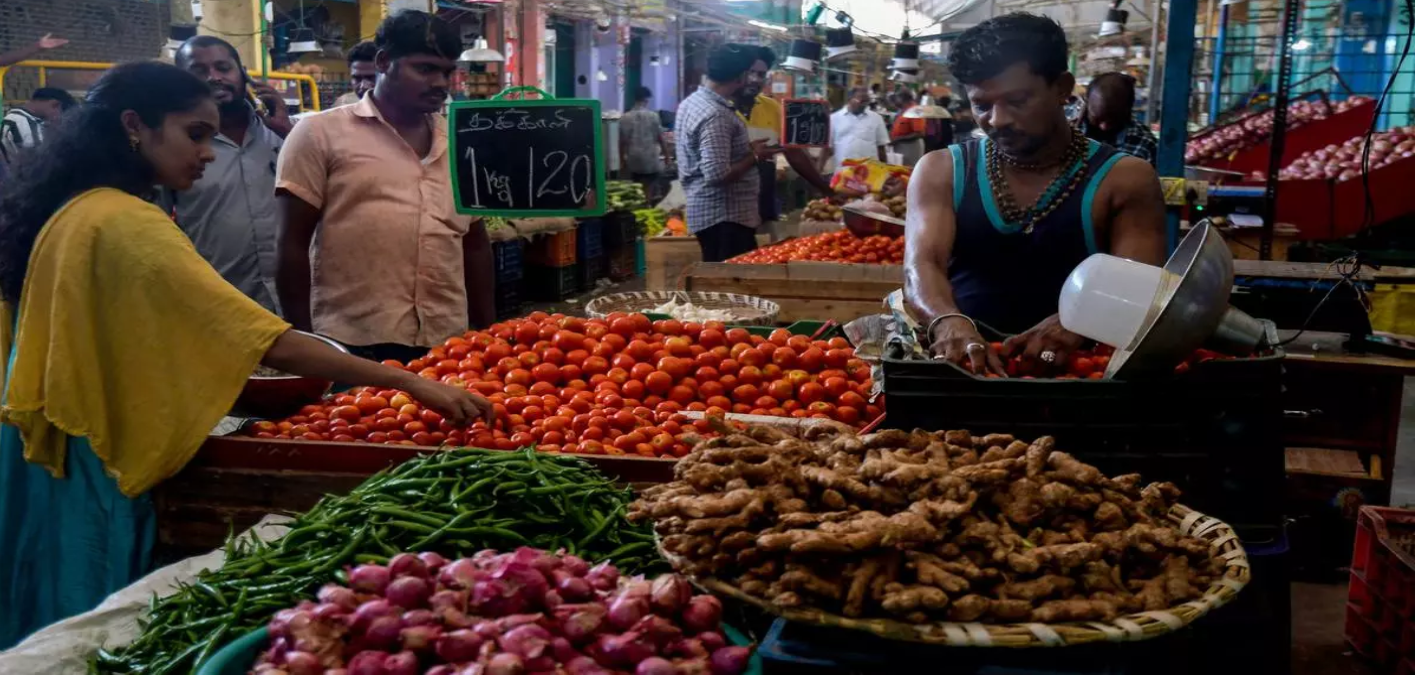Data gaps complicate response to food inflation

An unseemly combination of external and domestic factors has raised concern over wheat, rice and sunflower prices in India. The country has little control over the first, save use its goodwill in G-20 and with Russia to either resolve or circumvent the Black Sea blockade, which has once again come into force. A G2G deal with Russia on sunflower is a way out. However, it is in the domestic arena that a different approach is called for.
Russia’s blockade has once again threatened to roil food and edible oil prices. So far, the price increases have been moderate but with El Nino, the prices of wheat, corn and soya (Ukraine’s key exports) could rise in the medium term. Ukraine’s exports are being curbed; its farm output too is below the trend, according to USDA. India could have another spell of sunflower oil inflation, in addition to experiencing moderate rice and wheat inflation, perhaps more on global cues than fundamentals. The USDA observes that Ukraine normally produces a third of the world’s sunflower oil and accounts for nearly half the world’s exports, the top markets being India (31 per cent), EU (30 per cent) and China (15 per cent). Ukraine is estimated to normally account for about 10 per cent of global wheat trade and 15 per cent of corn trade.
The Centre has already turned proactive, fearing the political fallout. It has deployed all policy options: releasing rice and wheat stocks from its godowns, imposing stock limits on wheat, lowering import duty on edible oils and imposing an export ban on both wheat and non-basmati rice. Meanwhile, there is too much ‘speculation’ over rice and wheat availability. In times of crisis, government intervention is necessary. But to assess whether a crisis exists or not, information on output and stocks is crucial. In its absence, it is difficult to say whether the government has come down hard, or not done enough. The stocks situation with FCI looks comfortable for both cereals. FCI has 48 million tonnes (including unmilled paddy of 23 million tonnes) at present, about six million tonnes less than last year, owing to the substitution for wheat in the PDS. This should offset some fears over the paddy crop this time owing to deficient rain in peninsular and eastern States. Curbs on rice exports by way of a minimum export price would have been a better bet than an outright ban. Wheat stocks at 30 million tonnes are above the buffer norm for July at 28 million tonnes. In the case of rice, it is now at double the buffer norm for July. Doubts have, however, been cast over the second advance estimates for both crops for FY23. But the supply crunch or the extent of it is unknown.
To avoid exaggerated reactions to any climate or geo-political event, the Centre and States must leave the task of estimating output to independent agencies and use technology, including drones. Research into climate-resistant varieties has to be ramped up.
















